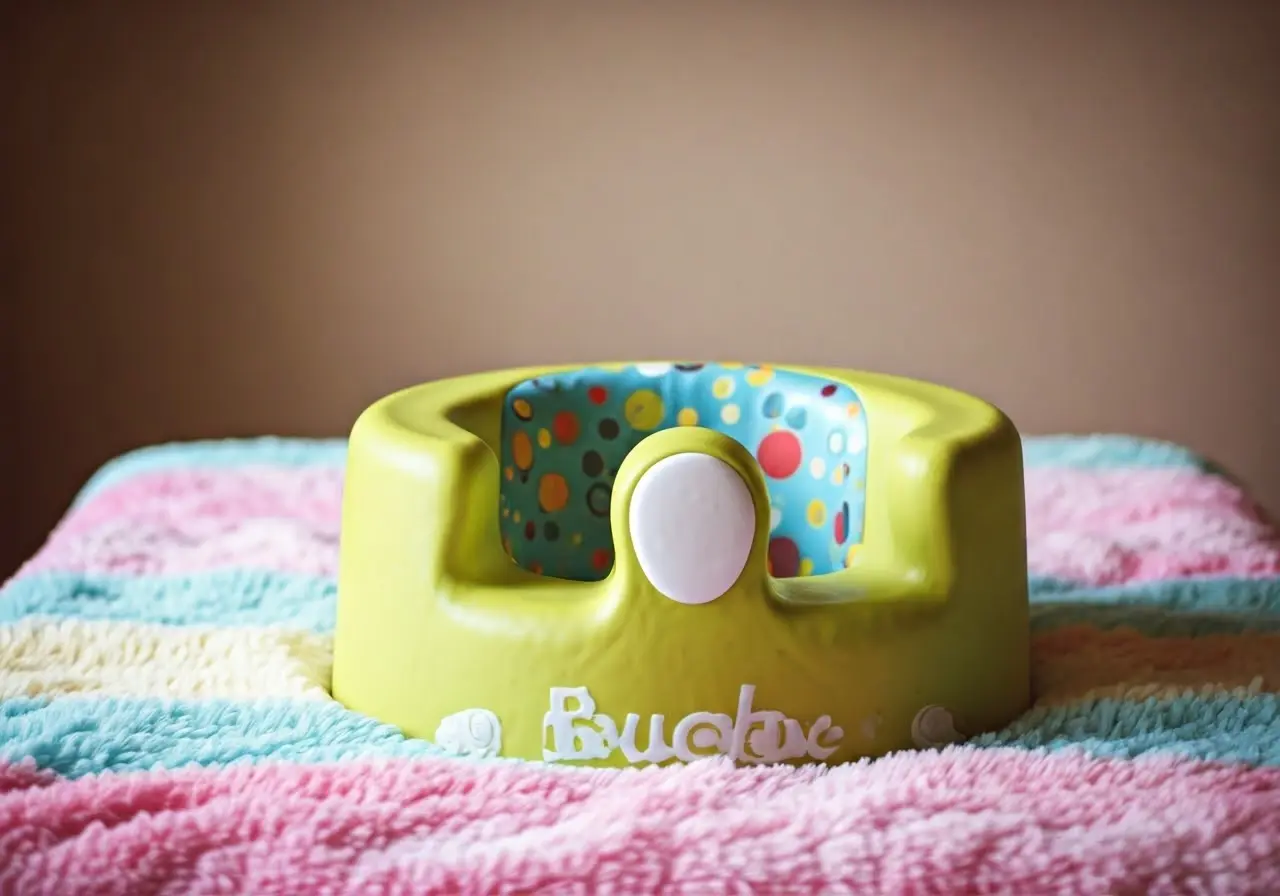Bumbo seats are popular among parents for their simplicity and functionality. However, determining whether they are suitable for every stage of your baby’s growth is essential. Let’s explore this together in a friendly and informative way.
Understanding Bumbo Seats
Bumbo seats are uniquely designed to support your baby in a seated position. They are made from soft, comfortable materials and feature a contoured form that encourages upright sitting.
The ergonomic design of Bumbo seats has a dual purpose: providing comfort and stability. By encouraging proper posture in the very early months, these seats assist in strengthening the core and neck muscles necessary for your baby’s physical development. They create an environment that supports learning and engagement through safe exploration.
These seats often come with a safety harness feature that ensures your baby remains securely seated. The material used in Bumbo seats is easy to clean, ensuring that accidental spills or messes don’t create a long-lasting issue. This feature makes them a convenient choice for parents who are balancing multiple tasks.
Age Recommendations for Bumbo Seats
Bumbo seats are generally recommended for babies who can support their heads independently. Typically, this is around 3 to 12 months old, varying for each child.
While Bumbo seats may seem like an appealing option from birth, it’s crucial to wait until your baby displays the necessary head and neck control. This development usually occurs after their first few months. Failing to adhere to these age guidelines could impact their comfort and safety, as babies who are too young lack the muscle control to maintain an upright posture adequately.
The suitability of the Bumbo seat may also change with your baby’s growth spurts. As they become more active, it’s important to reassess whether this seating option continues to cater to their evolving needs. These changes in suitability are natural and should inform decisions about when to incorporate the seat into daily routines.
Benefits of Using Bumbo Seats
Using a Bumbo seat can help your baby develop muscle strength and balance, providing a new perspective and opportunities for interaction during playtime.
The convenience of Bumbo seats extends beyond muscular development. These seats facilitate safe feeding and playing, allowing parents to engage with their babies without the added concern of focusing on improper alignment. This interaction not only supports mental stimulation but also enhances the bonding experience between parent and child.
Another significant benefit of Bumbo seats is the opportunity they offer for social engagement. Positioned at eye level with family members, babies can partake in conversations and mirror activities, which contributes significantly to social and cognitive development. Such interactions are pivotal during the early learning stages.
Potential Concerns and Limitations
It’s important to be aware that prolonged use of Bumbo seats, especially on elevated surfaces, can pose safety risks. Always monitor your baby closely while in use.
While Bumbo seats can be an excellent tool for short periods, prolonged sitting without giving your baby the chance to change posture or engage different muscles could hinder natural development progress. Balance is key—interspersing seat time with free movement allows your baby the flexibility to explore their surroundings.
Another limitation to keep in mind is that Bumbo seats are not designed to replace either high chairs or strollers. Specific uses for feeding, travel, or long-term sitting necessitate purpose-built solutions. It’s crucial to recognize the specific role the Bumbo seat plays in daily care routines without overextending its application.
When to Transition Out of a Bumbo Seat
Once your baby can sit independently and starts showing signs of increased mobility, it may be time to transition from a Bumbo seat to other supportive seating options.
A good indicator that it’s time to transition is when your baby demonstrates the ability to pull themselves up. At this stage, introducing alternative seating options that promote daily activities like mealtime or play at a table enhances their growing independence. These transitions should feel natural and enjoyable for your baby, fostering a positive association with new developmental milestones.
Conclusion: Are Bumbo Seats the Right Choice for Your Baby?
While Bumbo seats can be a supportive tool for your baby’s development, it’s critical to assess suitability based on your baby’s age, size, and developmental milestones. Always prioritize safety and consult with a pediatrician to ensure that your baby is ready to use such seating options. For more information on products that support your child’s growth, visit our homepage.






















































































